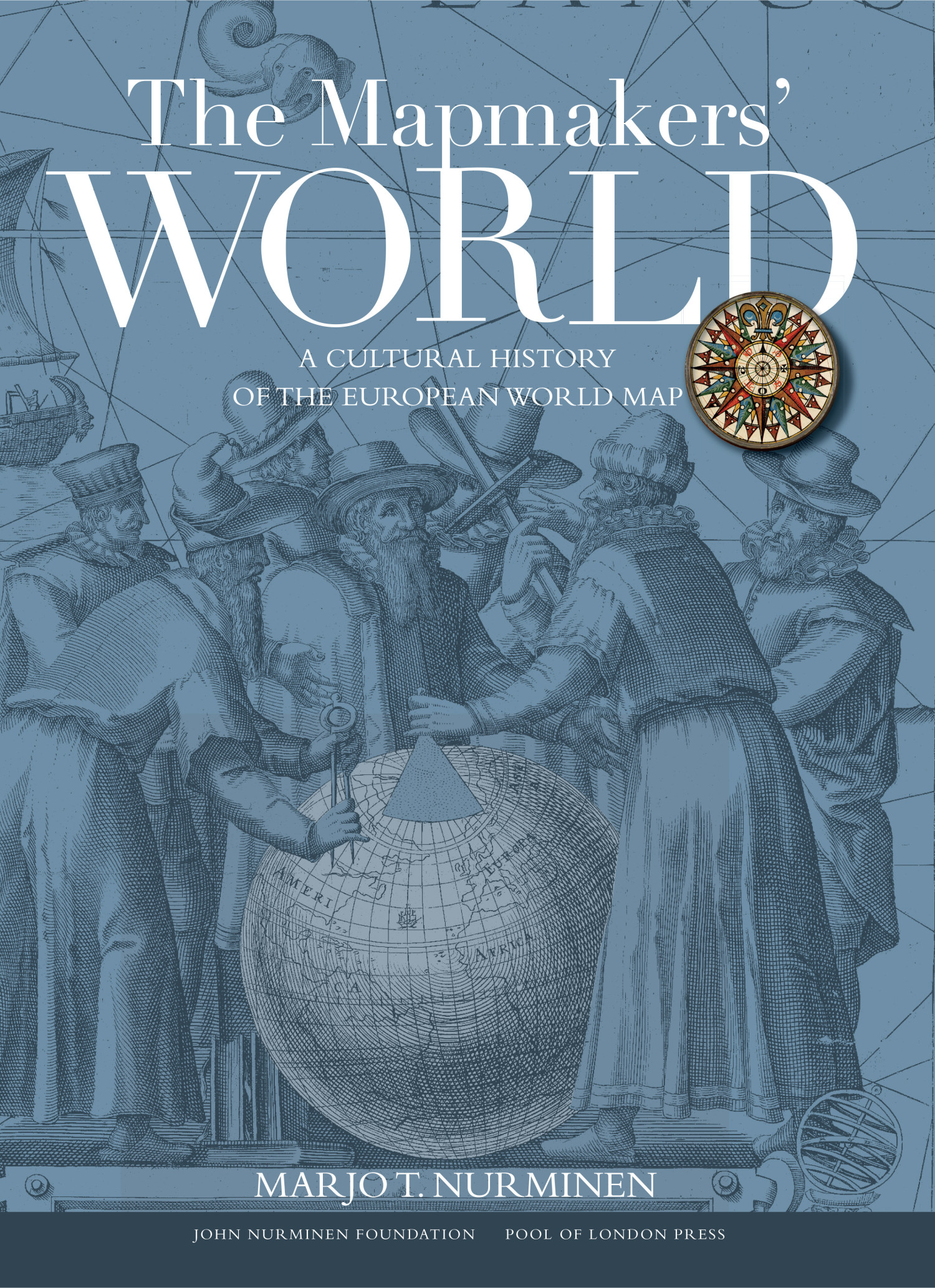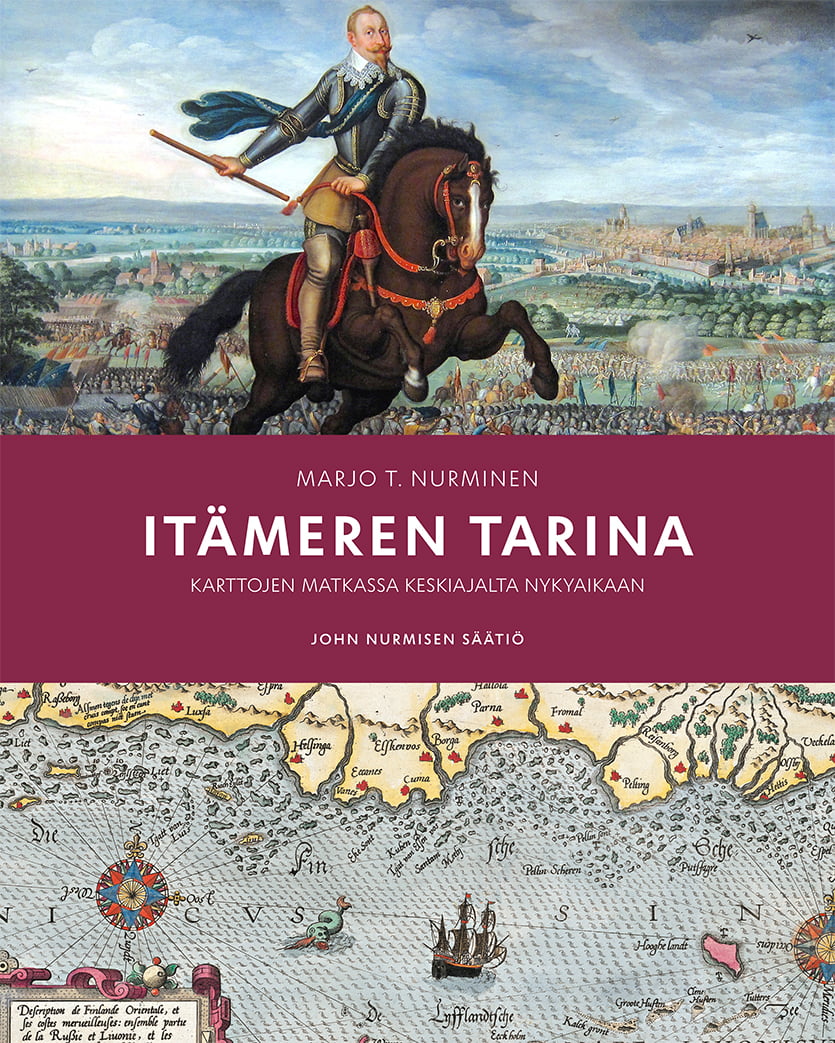SISTERS OF SCIENCE
– Learned European women from Antiquity to Enlightenment

| Published | 2008 |
| Publisher | WSOY |
| ISBN | 978-951-0-31824-9 |
Sisters of Science provides the answers to these and many other questions. Throughout millennia, women have been blocked from entering the world of learning and science, but still many of them managed to gain knowledge from various fields. The heroines of the book – independent women of science, irreplaceable assistants, explorers, patrons, and non-fiction writers – are seen within the framework of their own cultural-historical context, allowing us to comprehend how they fit in in the larger picture of advancing history.
The book explores the destinies of 26 women, taking its readers on a journey through time that helps us understand why so few women have reached the top positions in science. The list of characters, attached to the end of the book, introduces us briefly to more than one hundred learned women from over three millennia, from ancient Egypt to the closing of the 18th century. The book has been translated into Chinese and Japanese.
The Mapmakers’ World
– a Cultural History of the European World Map

| Published | 2015 |
| Publisher | John Nurmisen Säätiö |
| ISBN | 978-952-9-74546-3 |
Rigorously researched and informed by latest academic findings, The Mapmakers´ World is beautifully illustrated presenting some 300 images from the world’s finest museums, libraries and private collections. The book gives us a revealing and captivating perspective on the development of European world maps from the Early Middle Ages up until the modern period, i.e. from the 8th century until the end of the 18th century.
The Mapmakers´ World is a major work which ambitiously showcases all of the early European world map traditions: Medieval world maps (T-O maps, mappa mundis, Beatus maps, etc.); Ptolemy s maps; seafarers maps (portolan charts, planispheres and nautical charts), printed world maps and globes from the pre-Renaissance through to the Baroque era.
The book is written as an exciting, flowing narrative, rather than a catalogue or an encyclopedia, and it takes the reader on the ultimate voyage of discovery.
The Mapmakers’ World travels through time, taking its readers to the core of European culture. Through history of cartography and maps the authors have delved into the history of religion, commerce, art, seafaring and power politics. (…) The result is a work of magnificent beauty and enduring depth. The creation of a world view is a great and exciting story. The book takes its readers to treasures the likes of which they could never experience elsewhere.’
The Story of the Baltic Sea
– Maps from the Middle Ages to the Present Day

| Published | 2020 |
| Publisher | John Nurmisen Säätiö |
| ISBN | 978-952-9745-85-2 |
| Pages | 368 |
A king who became a pirate. A pirate who became a legend. Cousins fighting for domination of the Baltic. The thousands of wrecks that lie at the bottom of the sea. The gas pipeline that connected east and west, but divided the world. The first map makers, who used maps to tell the stories of this northern sea and its coastlines.
The Story of the Baltic Sea is an exciting journey from the Middle Ages to modern times and a fascinating travel guide to the varied world of the Baltic Sea. The book presents the Baltic Sea as a maritime passage on which lone adventurers and entire fleets have met. The book is about the centuries of lively maritime interaction — knowledge, skills and products — that shaped the lives and world views of the people living on the shores of the Baltic Sea.
The book uses maps to open up the world of the Baltic Sea: a carefully chosen selection of historically significant and contemporary maps. It cleverly shows how maps can help us understand the history and present day of the Baltic Sea region. It also explains how maps have been used to inform people about, and shape their images of, the Baltic Sea and its peoples since the days of the Vikings.
“Marjo T. Nurminen has tackled a challenging topic that requires extensive knowledge of the used sources, language skills, and the ability to ‘see’ national and state-wide themes within the Baltic Sea’s broader context… Nurminen has succeeded tremendously well in this time-intensive work.”
